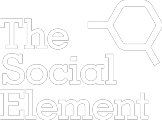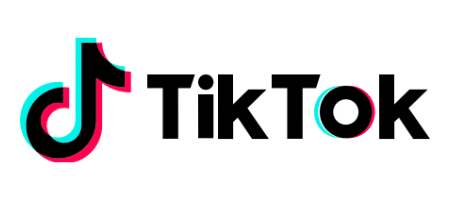In January, our Chief Services Officer, Blaise Grimes-Viort, gave brands the low-down on TikTok.
There’s been so much about the app in the news that we thought we’d revisit his post and update it with what’s been happening since then.
What is TikTok?
TikTok is a short-form video sharing app that lets users create a looped 15-second video, with music and special effects, typically of themselves singing, dancing and lip-synching to music. It’s reportedly one of the fast-growing apps in the world.
It originated in China, where its owners, ByteDance launched an app called Douyin in Sept 2016. They rebranded it as TikTok one year later for its launch into the international market. ByteDance went on to purchase musical.ly in November 2017 and then merged the two apps in August 2018, bringing musical.ly’s 100 million monthly active users to TikTok.
How popular is it (and who’s it popular with)?
The app reached 80 million US downloads in November 2018, and one billion downloads worldwide in February 2019. It includes celebrity users like Jimmy Fallon and Reese Witherspoon – if you haven’t seen the video of Witherspoon learning about TikTok from her son, watch it! It’s fantastic.
As of July 2018 it had around 500 million monthly active users in total (which is much more than Twitter and Snapchat).
Concerns
With the average user between the ages of 13 and 24, there’s been some concern from parents that their children could be exposed to adult-themed content. It’s easy to see why this would be a worry: the main demographic of app users covers both young teens and young adults, and there’s no way to split out content between younger and older users.
Where TikTok excels
TikTok thrives on viral videos, with users taking on hashtag challenges and spending considerable time and effort on creating the perfect video to share. It’s all about creative, quirky videos that don’t take themselves too seriously. Several influencers dominate the service (such as Baby Ariel with 29 million fans).
Is there a future for brands on TikTok?
It’s early days, but brands who want to attract a younger audience, or show their more human and fun-loving side are starting to experiment with the app.
Chipotle created a video of its guac and chips singing to each other, for example, and then a halloween hashtag challenge for fans to post videos in their Halloween outfits, using the hashtag ‘boorito’. Universal Pictures used the app to preview its comedy fantasy film ‘A House with a Clock in its Walls’. Guess created a hashtag challenge (#InMyDenim) to attract GenZ and Millennial consumers.
Brands have to get it right though. This is not a platform on which to rehash a TV ad. Content here needs to be authentic, creative, and in keeping with the platform. And with every new platform, beware of potential safety or regulation pitfalls when targeting younger users. And it’s a young platform. TikTok has only recently started courting advertisers, so its metrics are still fairly basic.
But if you’re a brand looking to appeal to a younger audience, and you’re happy to show your kooky side, this is definitely a platform to watch in 2020.





